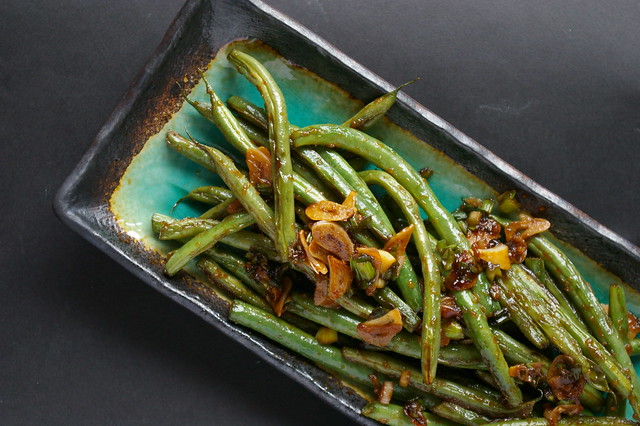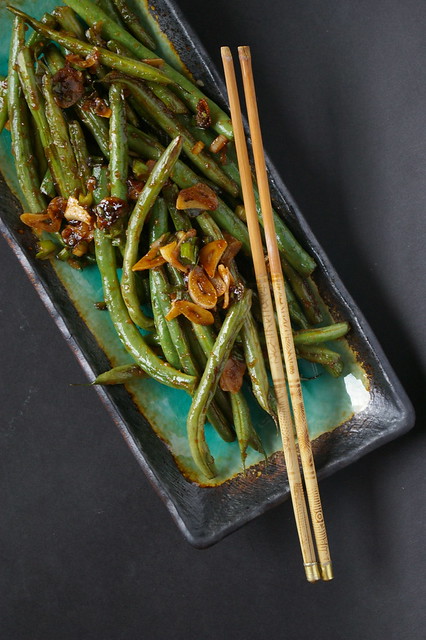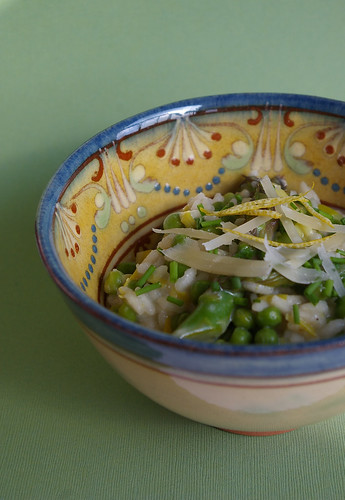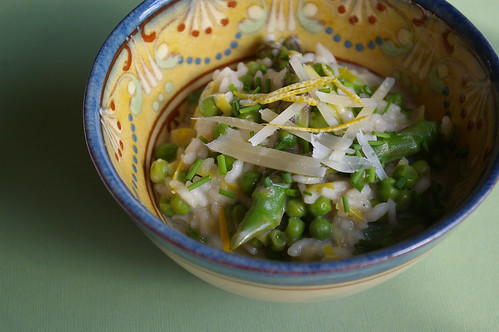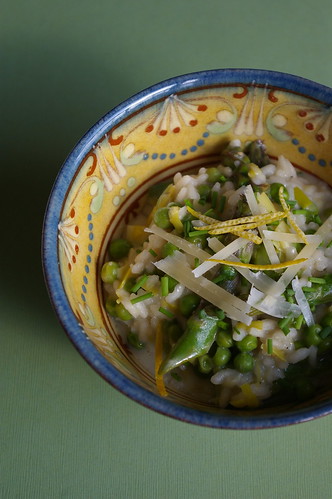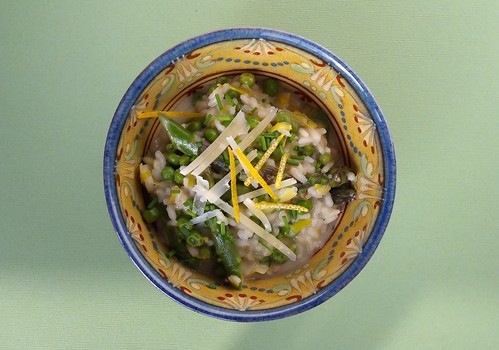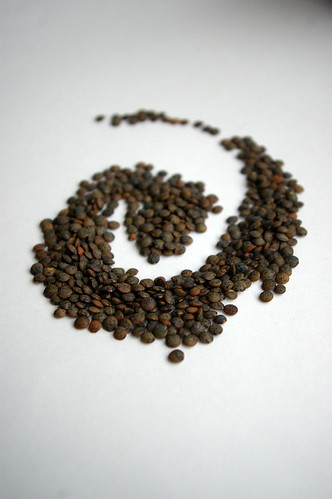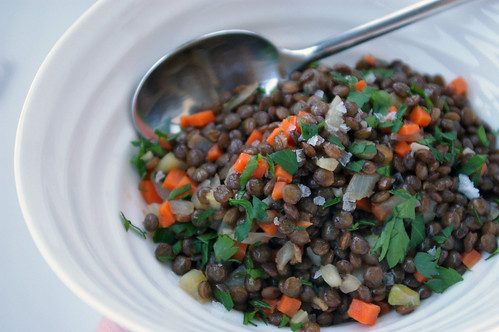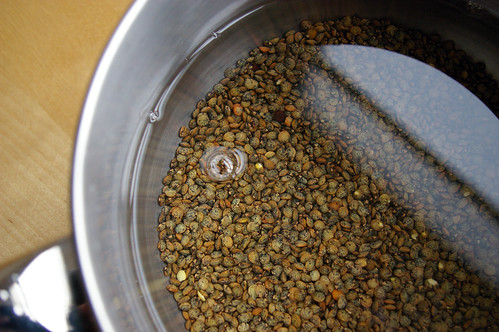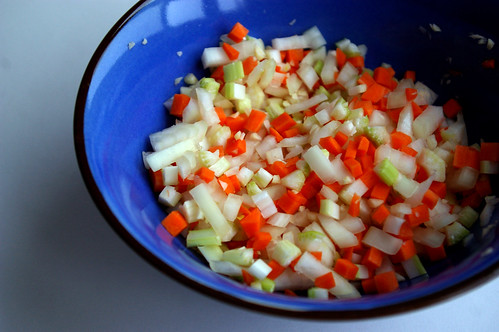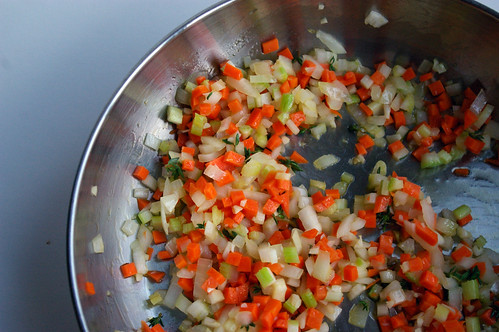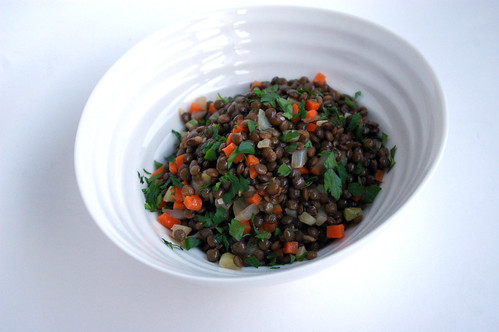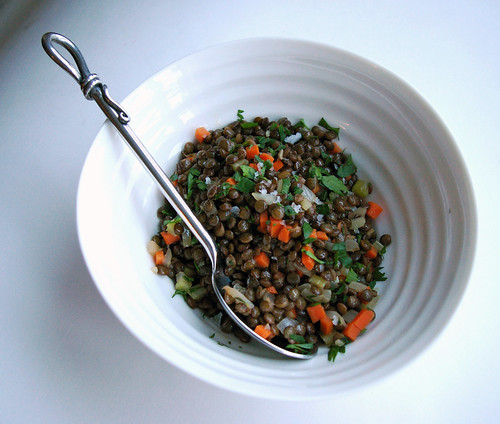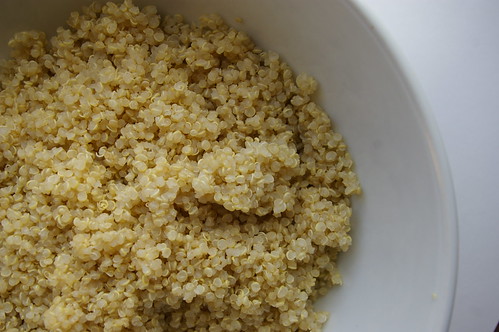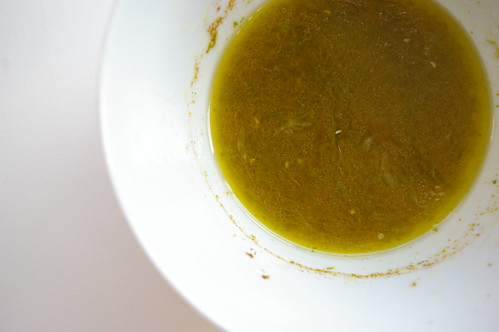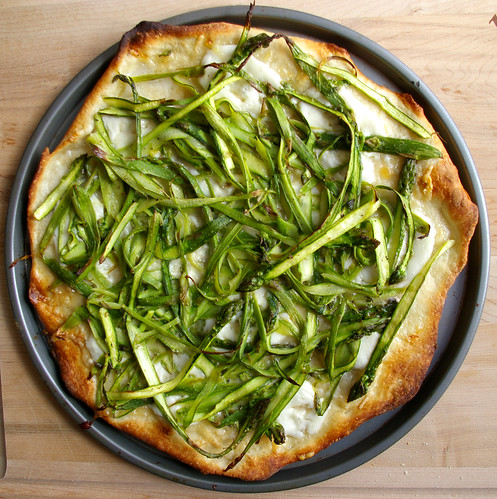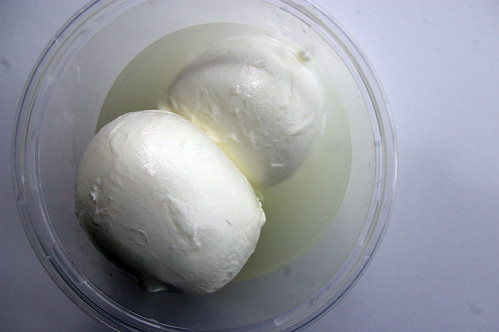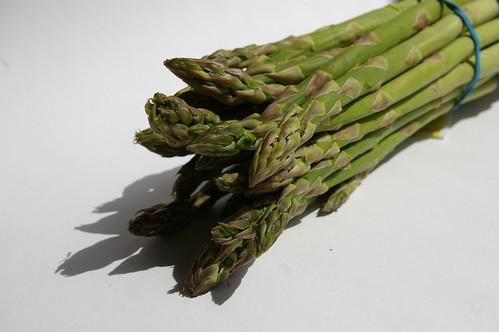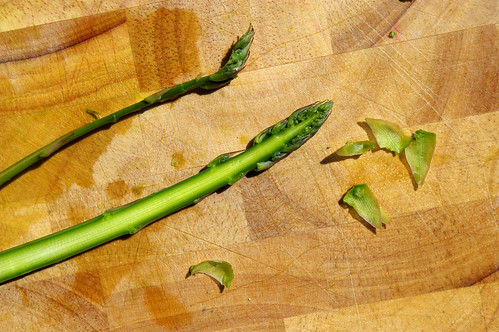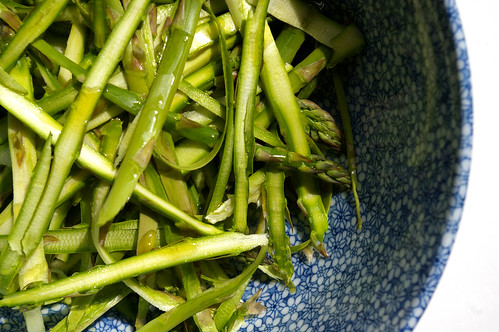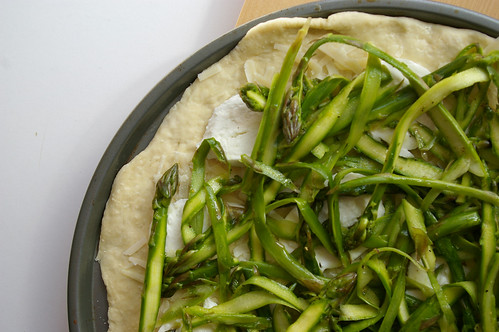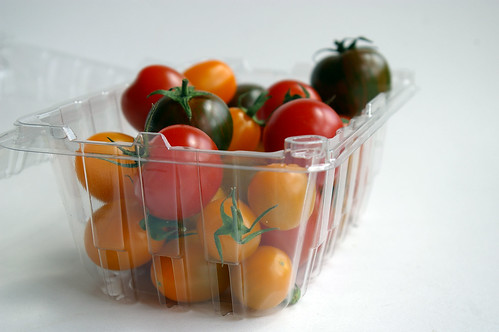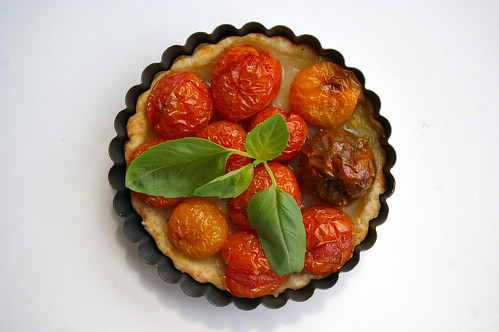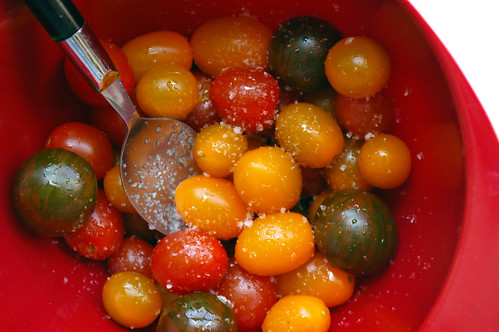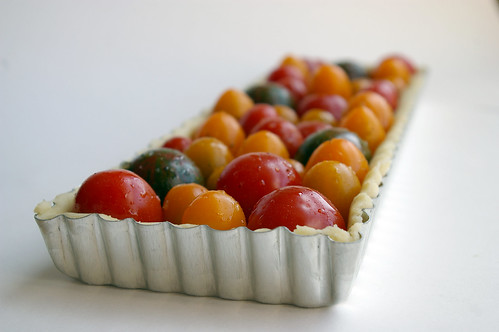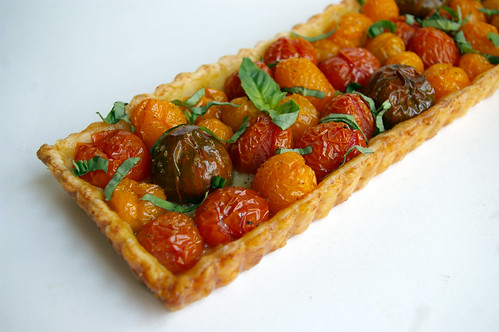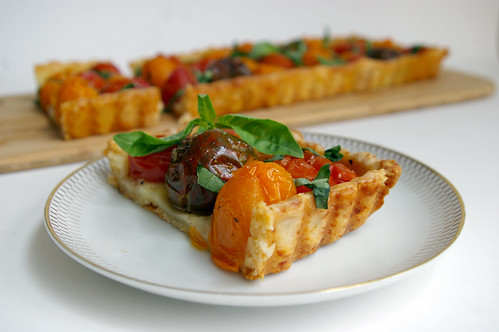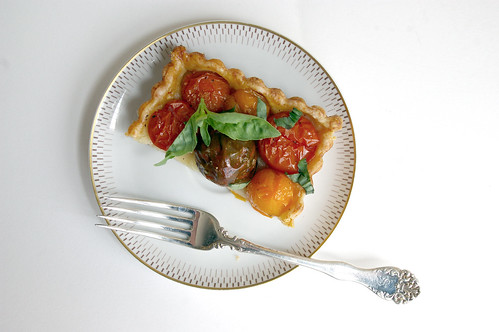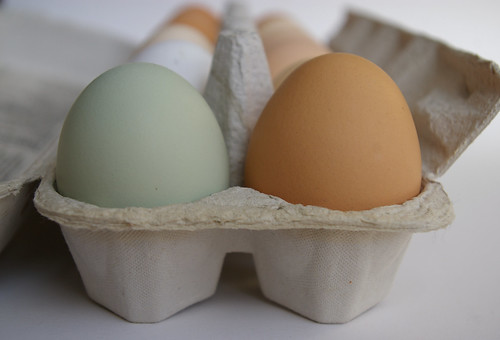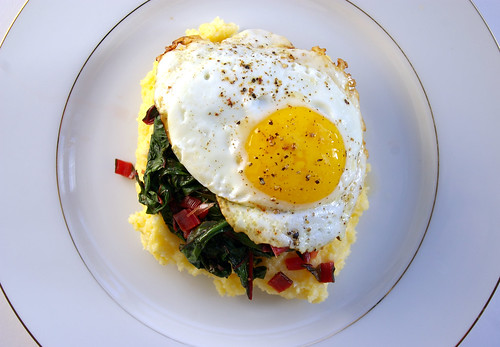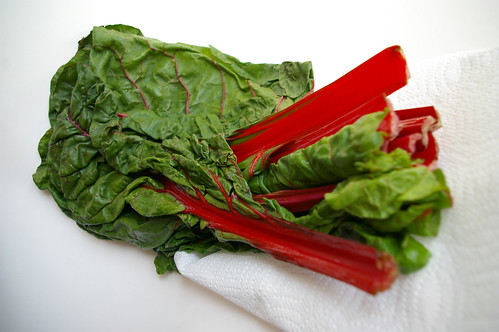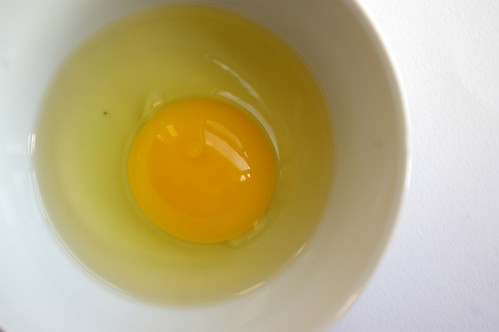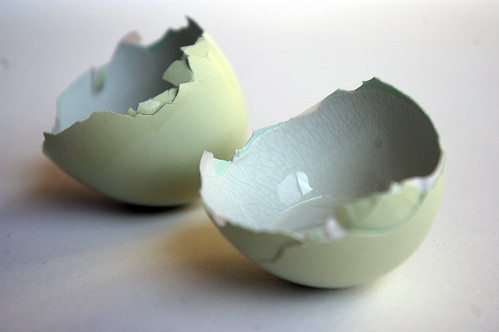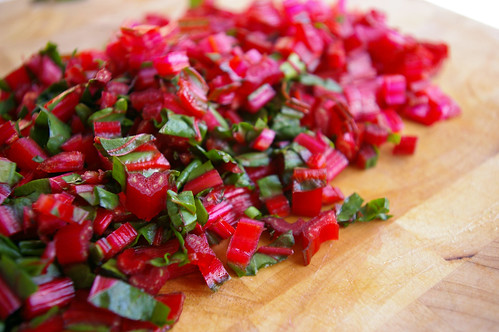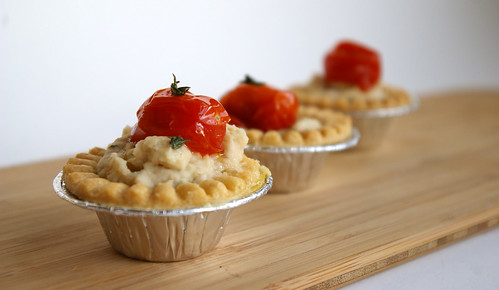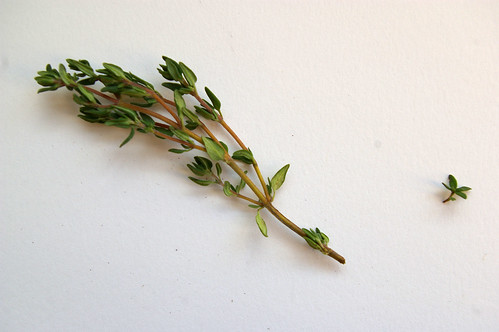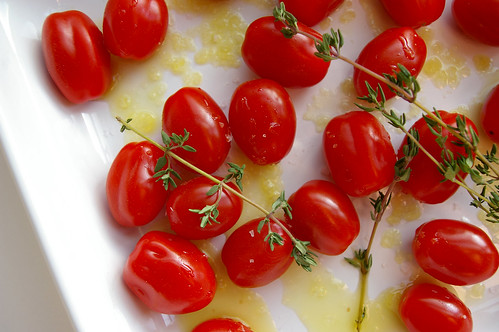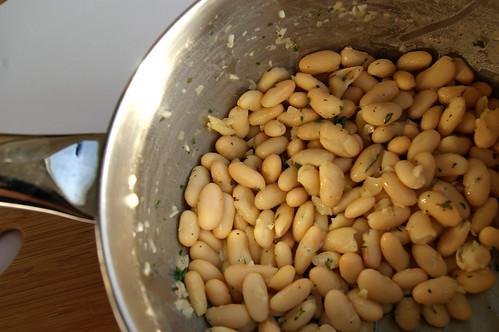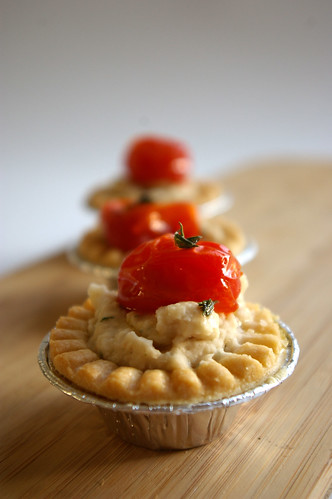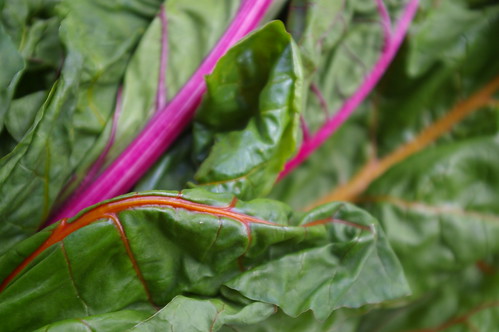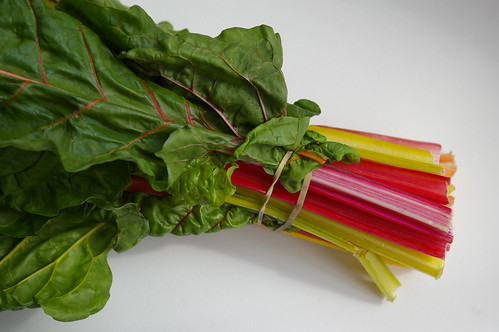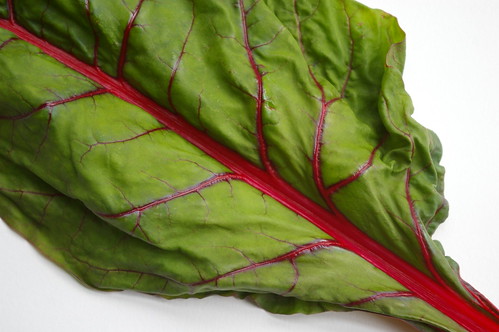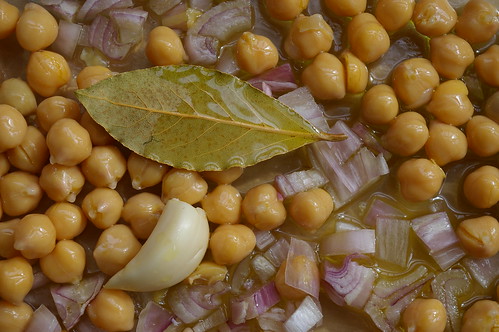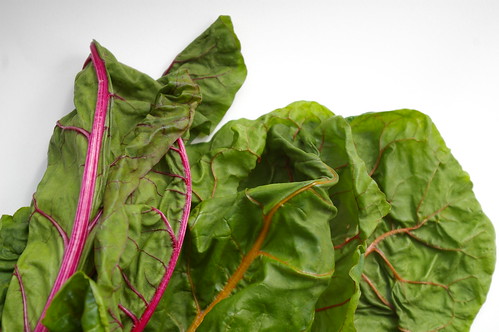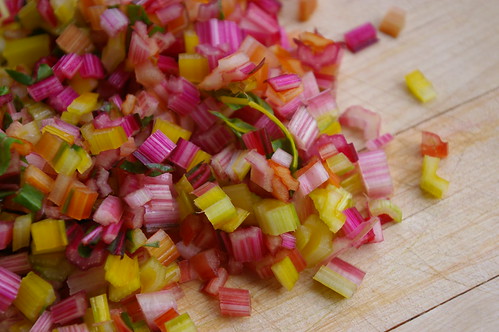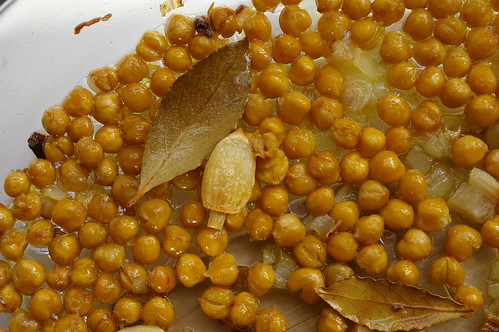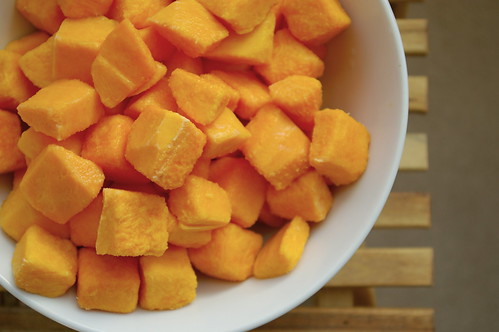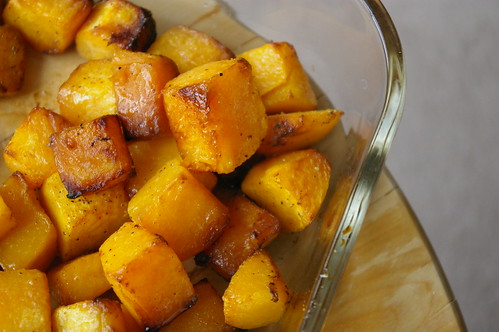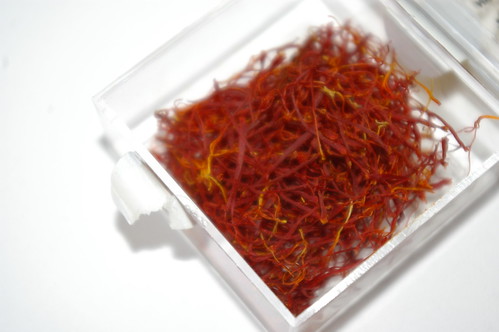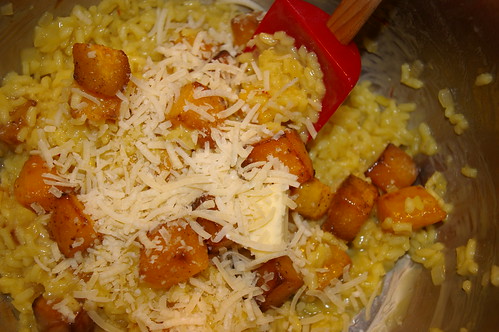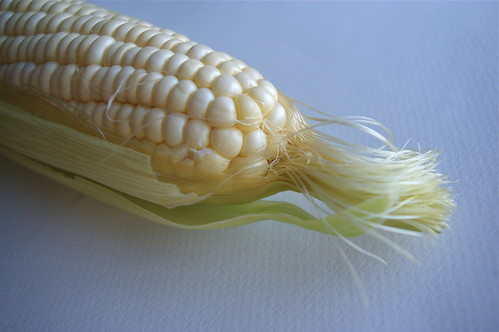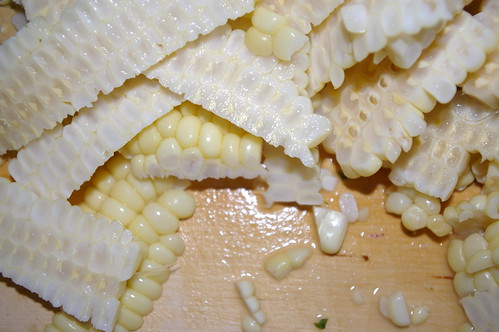I get into food ruts sometimes.
It’s like I get into a culinary funk and lose all my imagination, rotating through the same few dishes until something breaks the cycle.
Other times, I get into food obsessions.
During those periods, I make the same thing over and over – not because I’ve seemingly run out of culinary creativity, but because I just want to keep eating the same great dish.
One of those obsessions is Szechuan Green Beans – a recipe I got from Julie Van Rosendaal.
I had swung by her house one afternoon a few years ago where she had just been nibbling on some of these green beans sauteed with garlic, ginger and a squeeze of chili paste. She pushed the plate toward me; I took a bean and never looked back.
That first bite of slightly softened bean with the hit of spicy heat, the pungent garlic and green onions, now sauce soaked, hit all the right notes. So, I reached for another. And then another. When all the beans were gone, I found myself picking up the thin slices of garlic and stray bits of onions until the plate was picked completely clean.
I made them for the first time two days later. And the next night after that.
Since then, every few weeks I find myself grabbing fistfuls of green beans at the market, dreaming of eating the spicy, hot, slightly wrinkled beans over some rice with chopsticks.
This addiction runs so deep that I now typically double the recipe just to ensure I will have plenty to take to work the next day for lunch. This most recent batch was only a single – I didn’t have enough garlic at the time to make more – and when the beans were gone, I felt suitably bereft.
I ate them all with rice and a side of pickled ginger – another bizarre food obsession that has manifested in the last year or so.
And, as there are still beans in the fridge, I’m pretty sure I know what will be for dinner tomorrow night.
And here is a more accurate photo of what it looks like when I’m eating it. Since, really, I’m not fancy enough for that kind of plating when I’m eating on my couch.
But picture a whole bunch of pickled ginger with it.
Szechuan Green Beans
This is virtually the same recipe as posted on Van Rosendaal’s blog, though I recommend going to the higher end of the garlic and I upped the green onions, as well. Instead of Sriracha, I’ve also used Sambal Olek to good effect.
- 1 tbsp (15 mL) canola oil
- 1 tsp (5 mL) sesame oil, optional
- 1/2 lb (250 g) green beans, stem ends trimmed
- 2 tsp (10 mL) grated fresh ginger
- 3-5 garlic cloves, thinly sliced
- 3 green onions, chopped
- 1 tbsp (15 mL) soy sauce
- 1 tsp (5 mL) sugar
- 1 small spoonful of Sambel Olek (or a squirt of Sriracha)
- Toasted sesame seeds, optional
Heat a heavy pan over medium-high heat and add the canola and sesame oils. Add the beans and cook, stirring occasionally until they start to turn golden. Add the ginger, garlic, green onions, soy sauce, sugar and Sriracha and cook a few minutes more, stirring often, until the garlic is golden, the beans are deeper golden and the sticky sauce has coated them all.
Sprinkle with toasted sesame seeds, if desired.
Serves 4.
A version of this article originally appeared in the Calgary Herald.

